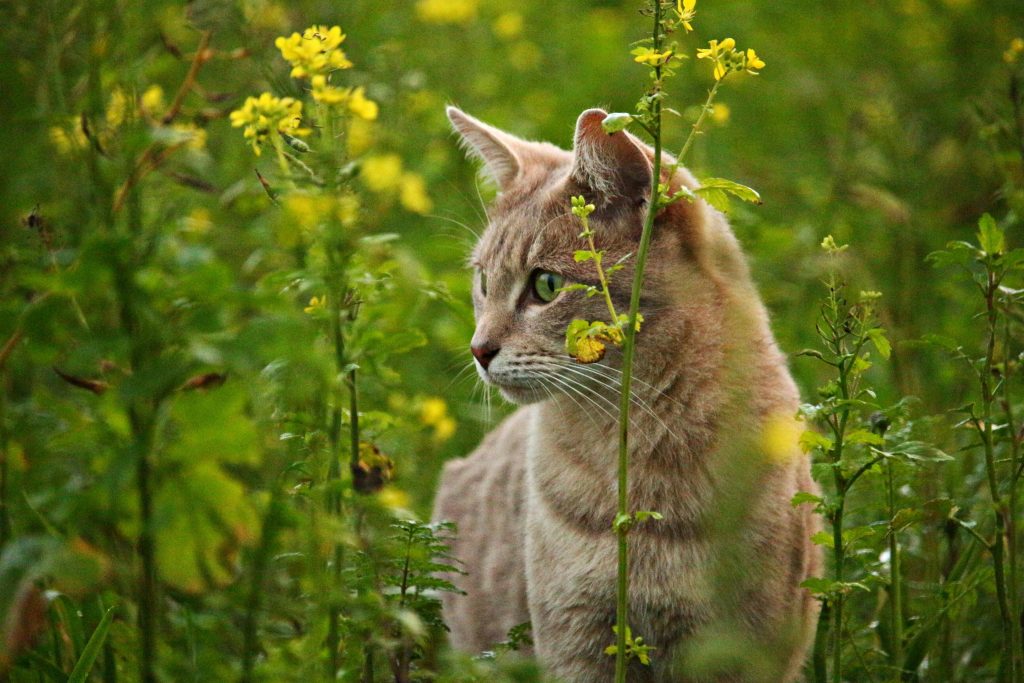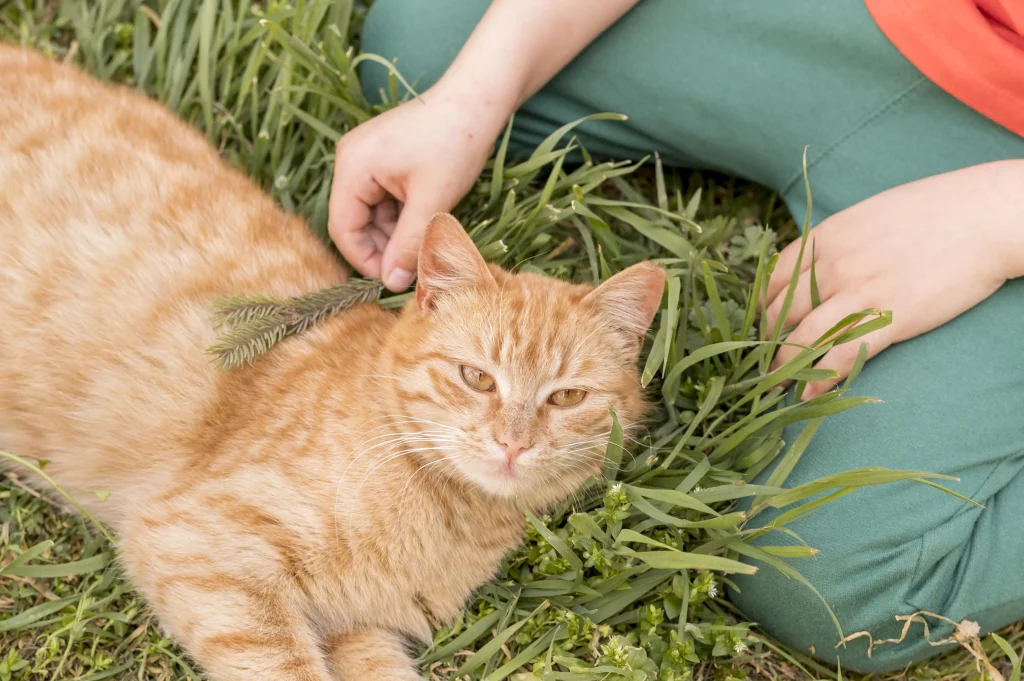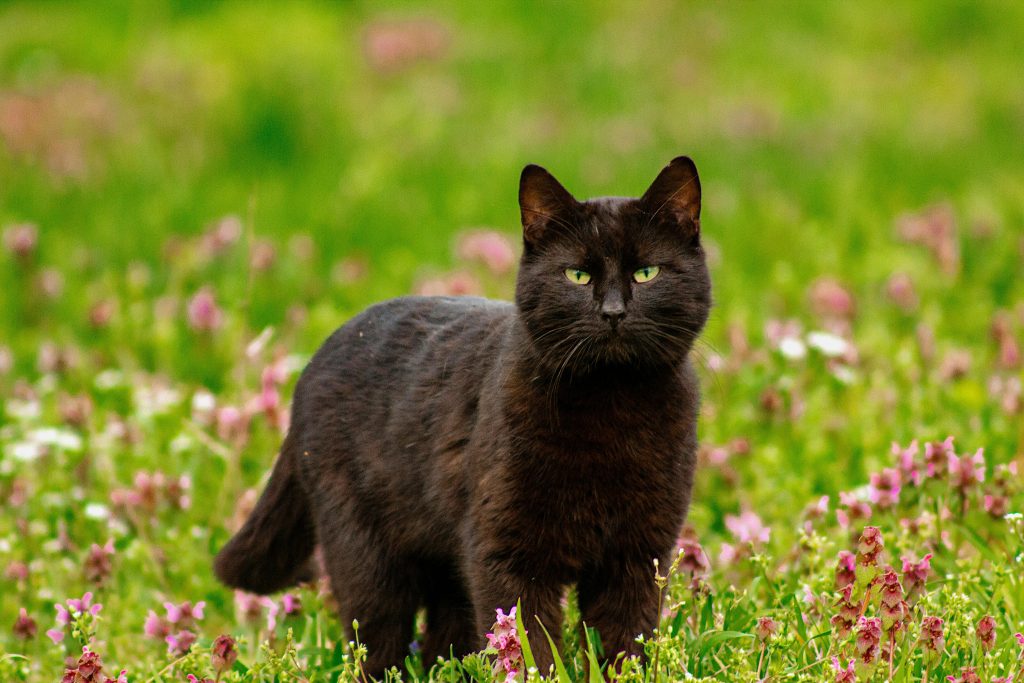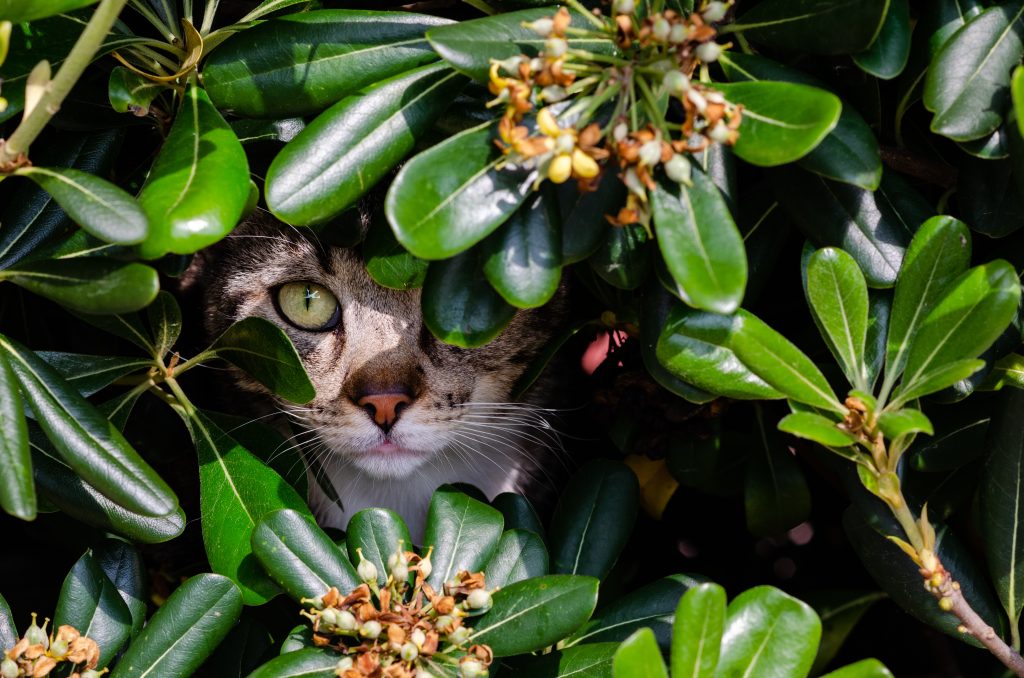
If you’ve ever seen your cat roll around like they’ve just won the lottery after sniffing a toy, you’ve probably seen the magic of catnip. At EcoPetEssentials, we’re all about giving your pets the best life. That includes understanding the benefits (and limits) of things like catnip. Therefore, we are here to answer the big question: what is catnip, and how can it help—or sometimes confuse—your kitty?

Catnip, also called Nepeta cataria, is a leafy green herb from the mint family. It’s super easy to grow and often blooms with soft lavender-colored flowers. You might even spot a wild catnip plant growing in your backyard or at your local garden center. The leaves of this plant for cats have been used for centuries. You’ll be surprised to know that the benefits of catnip are not just for pets, but for people too. Some folks brew catnip tea for cats, while others use it in natural bug sprays. However, for your feline friend, catnip is mostly about fun, relaxation, and sometimes a burst of silly energy.
The big secret is a natural oil in catnip called nepetalactone. When your cat sniffs this oil, it travels through a special scent organ in their mouth called the vomeronasal gland. This little gland sends the scent straight to the brain, triggering a variety of reactions. You might see your cat get hyper, roll on the floor, purr loudly, or even zone out like a little “high cat.” It mimics the same kinds of behaviors cats show when they’re feeling frisky or flirty. You don’t have to worry as it’s not actually a drug, and your cat isn’t really “high.” It just stimulates their brain in a fun and harmless way.
You might be wondering, “Is catnip safe for kittens?” or “Can you give a kitten catnip?” The answer is not right away. Most kittens won’t react to catnip until they’re about 6 months old. Kittens and catnip don’t mix early on simply because their scent glands and brains are still developing. You can try a little once they hit the right age, but always observe how they respond.
If you’re still unsure and wondering, “Is catnip bad for kittens?” then the answer is no, not really. It’s just that their bodies aren’t ready to process it yet. Therefore, it’s better that you wait a few months before introducing it.
Catnip is fun, but too much of a good thing can cause problems. If you’re wondering how much catnip is too much, the general rule is one tablespoon at a time. That’s usually enough to get the fun started without going overboard. You should know that too much can lead to tummy trouble, such as vomiting, diarrhea, or wobbly walking. It won’t cause permanent harm, but you don’t want your cat to get sick. Keep the doses light, especially if you’re using treats for cats or fresh catnip that cats love.

Most cats enjoy catnip without any problems. But in rare cases, the side effects on cats may include the following:
Therefore, you might be wondering, Is it bad for a cat? Not usually. Just monitor how your cat reacts. If things seem too intense, cut back on the amount or try a different product like catnip sprays or bubbles.
If your cat gets the zoomies after a sniff, you’ll notice the effect doesn’t last forever. So, how long does catnip last? On average, the effects stay strong for 10 to 15 minutes. After that, your cat may lose interest. It can take about 30 minutes to “reset” before your cat responds to it again. Therefore, if your fur baby seems uninterested at first, try again later. Also, you have to remember that catnip does lose freshness, especially dried versions. Keep it in a sealed container in a cool, dry place.
There are so many fun ways to use catnip. If your cat isn’t interested in it, then there are plenty of other ways to introduce it to them. Whether your cat loves a good sniff or prefers a nibble, there’s an option for everyone:
Just watch your cat and see what they prefers. Some like to roll in it, and others like to chew it. Either way, it’s a great way to keep your cat happy and active.

Nope! That might surprise you, but not every cat gets excited about catnip. Around 60% of cats have the special gene that makes them react. If you’re wondering why your cat doesn’t care, it might just be genetics. If your cat is one of the 40% that doesn’t respond, don’t worry. You can try alternatives like silvervine or valerian root, which offer similar effects.
So, when can cats have catnip? Usually after 6 months of age. That’s when their brains and scent glands are fully developed. After that, you can offer it occasionally as a treat or reward. It’s also great choice for calming stress. For example, if you’re leaving your cat home alone, it can help with separation anxiety. A quick spray on their favorite toy or a pinch on their bed might just do the trick. If you’re asking, “Where to buy catnip?”—it’s easy to find at pet stores, garden centers, or online. Just make sure it’s organic and safe for animals. If you’re searching “catnip near me,” always choose a trusted source to avoid harmful chemicals. Just do your research before buying it.

Now that you know what it is and how to use it, let’s talk about the benefits of catnip for cats:
So, whether your cat is the chill type or a little ball of chaos, catnip might just be their new best friend.
At EcoPetEssentials, we believe in making life greener and more joyful for you and your pets. Catnip is a natural, fun, and safe way to boost your cat’s mood when it is used the right way. Now that you know what it is and how it affects your feline friend, you’re ready to explore the joy it can bring to your home. Whether you’re planting your own wild catnip plant or tossing your kitty a catnip toy, one thing’s for sure—playtime just got a lot more fun.

Castiel Smith cares deeply about animals and the planet. He loves sharing tips that help people take better care of their pets while being kind to nature. Whether it’s about eco-friendly pet products or simple ways to take care of your fur babies, Cas loves sharing Behavior & Training Tips.